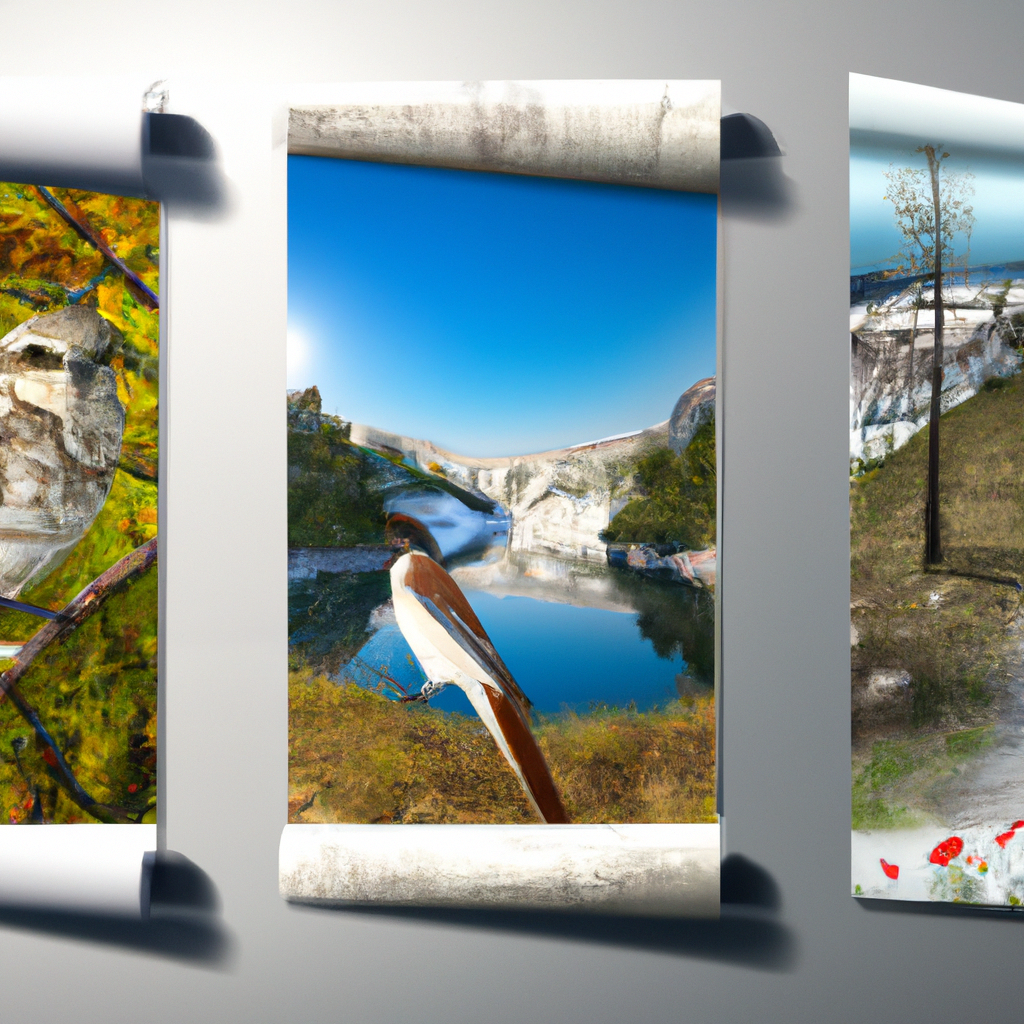High in the sky, perched atop the grandest mountains, a diverse array of feathered friends have made their homes. The wildlife in the mountains is diverse and is home to some remarkable avian species. Join us as we explore the beauty of birdwatching at altitude, and gaze upon the majesty of these captivating creatures.
1. Soaring into the Blue: Birdwatching in the Mountains
Witness Nature’s Finest Speakers
There’s no better experience than being out in the mountains and hearing the call of a soaring hawk or the chirping of a distant songbird. Birdwatching in the mountains brings us closer to nature and gives us the opportunity to witness some of its finest speakers. We can observe the beauty of the different species of birds that make the mountains their home, observe their habits in their natural habitat, and gain an appreciation for what makes birds such unique creatures.
Pack the Necessary Gear
To get the most out of birdwatching in the mountains, it’s important to bring the right gear. Pack a pair of binoculars to get an up-close view of birds in their natural habitat, and make sure to bring a good pair of walking shoes. Birdwatching in the mountains often requires a fair bit of trekking so you’ll want to make sure you’re comfortable and adequately prepared.
The Ideal Spot
- Look for areas with natural water sources, like lakes, ponds, and rivers.
- Research the surrounding vegetation and geography in the area you plan to explore.
- Be sure to plan your trip according to the time of day – birds tend to be most active during mornings and evenings.
When birdwatching in the mountains, the best spot to find birds is an area with a mix of trees and large open spaces. Keep an eye out for places with a discerning mix of grasses, shrubs, and trees that attract different types of birds. Early morning light is ideal, since birds tend to be more active and vocal during this time. Avoid higher altitudes, as they are often less suitable for finding birds.
2. The Allure of Altitude: An Introduction to Birdwatching at High Elevations
Birdwatching at high elevations offers a unique glimpse into the world of our feathered neighbors. Altitudes higher than the average human can experience on a daily basis offer a chance to catch a glimpse of species that rarely appear elsewhere. Whether you’re a casual viewer or a passionate birder, the appeal of higher altitudes is hard to ignore.
High elevations offer more than just bird species you may not encounter in your backyard. The scenery, the experience of thinning air, the breathtaking vistas, and the unique environment all add to the experience of high-altitude birding.
At such heights, the air is thinner which can make the birdwatching experience even more exciting. The birds may be more active, visible, and social. You may find that they’re easier to spot or have more color. Most importantly, though, is the unique opportunity to observe species that you may not have the chance to otherwise.
- Capture stunning photos of rare species
- Enjoy different climate zones
- Try out unique birding tools
- Experience the allure of high-elevation scenery
Birdwatching from a high elevation provides an opportunity to observe species that are not usually accessible. With the right equipment and knowledge, you can take in the wonders of the birding world from an entirely new perspective.
3. Unveiling the Hidden Wonders of Avian Beauty in the Mountains
Did you know the mountain peaks of the world hold some of the most stunning examples of avian beauty? Among the fluttering wings and melodic chirps lie species of birds with unique coloring and features, often only found at these higher altitudes. From a distance, they appear as flurries against the majestic landscape. Let’s take a closer look at some of these intriguing creatures.
Condors
The grandest mountain dwellers are the majestic Andean and Californian Condors. With wingspans measuring up to 10 feet, these birds are detectable by sight from 10-15 miles away! They soar across the mountain sky, captivating us with the beauty and sheer size of their wings. When the sun’s rays catch the edges of their wings, its truly a sight to behold.
Rock Ptarmigans
If you trek through the higher elevations of the mountain slopes, you’re likely to cross paths with the Rock Ptarmigans. Their unique white and brown feathers offer them superb camouflage in their mountain habitats. These lush lands not only provide excellent food, but the Stone Ptarmigans just love the scramble! Watch them flit from stone to stone making their way around their mountain homes.
Hummingbirds
Who could forget the nectar loving Hummingbirds? These tiny birds are equipped with wings that beat up to 53 times a second! Their wings create a humming or buzzing sound, an audible wonder among the mountain passes. With their gorget and shining colors, they pluck nectar from their favorite flora, giving us a show to remember.
Next time you take an exploration of the mountain top, be sure to take a second to observe the wonders of the birds in the wild. You may even practice a bit of avian watching and discover that you have a lifelong love of these stunning creatures!
4. Gathering Knowledge: Essential Tips for Birdwatching in Mountainous Areas
Birdwatching in mountainous areas can be a unique and inspiring activity. To make the most of your experience, here are some tips to help you along the way.
- Assess Your Environment
When birdwatching in mountainous areas, it is important to pay attention to the environment that you are in. Keep an eye out for changes in terrain, including valleys and hills. Have an idea of what types of birds might live in these regions, come prepared with maps of the area, and make sure to carry the appropriate clothing and equipment.
- Stay Alert
Stay aware of your surroundings for any signs of birds. Also, don’t forget to listen for their song, this can often help you pick out species if you didn’t spot them in the first place. Chances are you won’t see every species of bird in one go, so remember to take your time and observe.
- Keep Records
When out birdwatching for the day, keeping a log of what you have seen is a great way to keep track of your observations. Jotting down notes, taking photos, and even recording audio can help you gain a better understanding of the species of birds in the area. Additionally, this can also come in handy for reporting back to your local birdwatching society.
5. Experiencing Nature’s Palette: Capturing the Beauty of Birdlife in the Mountains
In the magnificence of the mountainous landscapes, one can find a plethora of delightful birds that paint the scene with a burst of color. To experience the magic of these wild avian creatures, there’s no better way than to take a few moments and observe their beauty. Here are some tips to make the most of your birdwatching:
- Find the right spot. Look for a spot with some natural habitat, such as trees or bushes, to gain a natural vantage point from which to observe the birds.
- Bring the right gear. Dress for comfort and weather, and bring essential items such as binoculars, a field guide, and a notepad.
- Pay attention to the details. Be aware of the bird’s color, shape, size, where it is perched, and what it is eating.
- Know the sounds. Get to know bird calls and calls of other animals in the area.
And of course, don’t forget to take pictures! Bird photography is a rewarding experience, and can teach everyone more about the avian creatures that grace the mountains. With careful observation and some patience, you will be able to capture the beauty of birdlife in the mountains. Whether it’s the bright colors of a warbler or the majestic wingspan of a vulture, each picture will provide an intimate moment with nature’s captivating palette.
It’s time to take Flight, and see the wonders that await in the mountains. Take the time to take in the views, and listen to the birds that inhabit the area. Enjoy the beautiful views of birdlife, that can be found in the mountains, and take a step closer to connecting with nature’s avian beauty.





